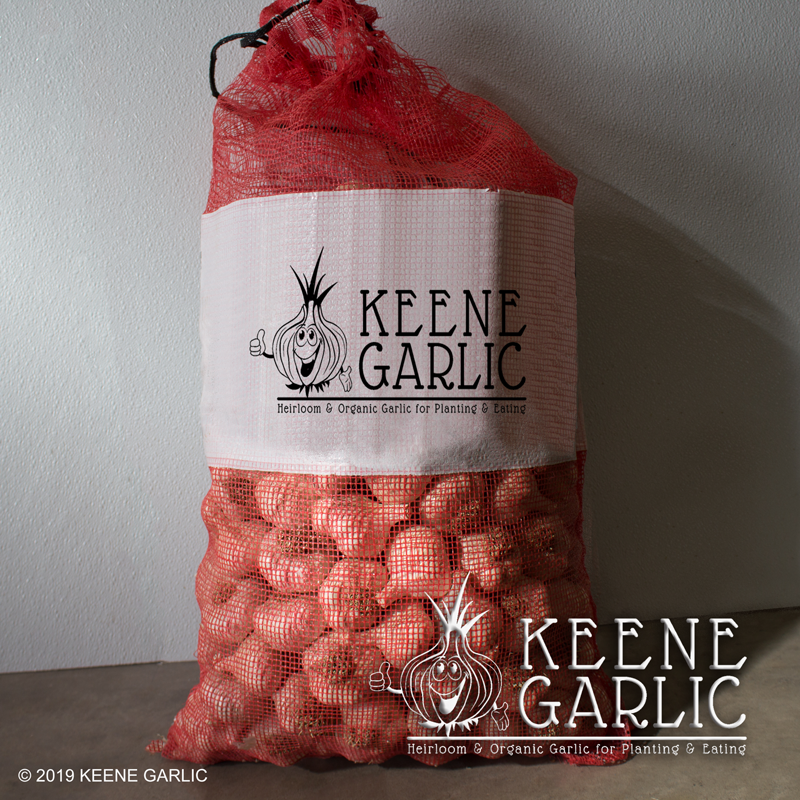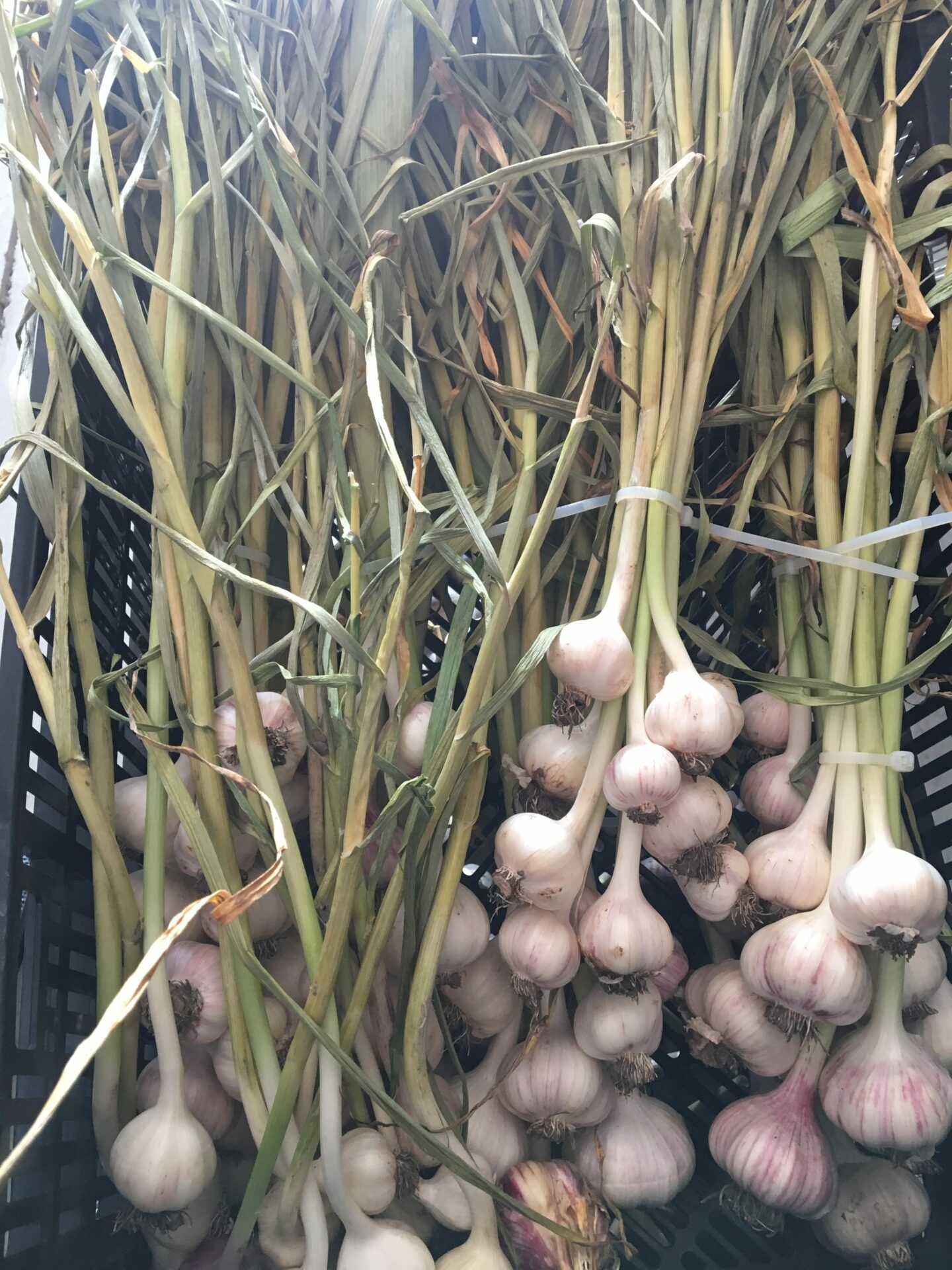Roast Turkey with Oranges, Bay Leaves, Red Onions, and Pan Gravy
Wednesday, November 25, 2020
GOURMET NOVEMBER 2001
Active time: 1 hr Start to finish: 4 hr
We think all turkeys are improved by brining (soaking in salted water), but it's a cumbersome process that few holiday schedules can accommodate. We found kosher turkeys, which are salted during the koshering process, to be just as flavorful and succulent as brined ones, without all the fuss. However, if you'd like to try brining, just stir together 8 quarts water with 2 cups kosher salt in a 5-gallon bucket lined with a large heavy-duty garbage bag, and soak turkey, covered and chilled, 10 hours. If you don't have room in your refrigerator, executive editor John Willoughby recommends brining in a large plastic cooler, using freezer packs to keep the water cool and replacing them as needed.
INGREDIENTS
- For turkey
- 1 (12- to 14-lb) turkey (preferably kosher), any quills removed if necessary and neck and giblets (excluding liver) reserved for making stock
- 1 1/4 teaspoons salt
- 1/2 teaspoon black pepper
- 2 navel oranges, each cut into 8 wedges
- 3 small red onions, each cut into 8 wedges
- 5 bay leaves (not California)
- 3/4 stick (6 tablespoons) unsalted butter, melted
For gravy
Pan juices from roast turkey
About 4 cups turkey stock (page 198)
1/3 cup all-purpose flour
- Garnish: 4 roasted onions, each cut into 8 wedges (optional); fresh bay leaves (do not eat)
- Special Equipment
- small metal skewers or wooden toothpicks; kitchen string
- PREPARATION
- Roast turkey: Preheat oven to 425°F.
- Rinse turkey inside and out and pat dry. Sprinkle turkey inside and out with salt and pepper, then fold neck skin under body and secure with small skewer. Stuff large cavity with oranges, 1 onion, and bay leaves. Tie drumsticks together with kitchen string and secure wings to body with small skewers.
- Make gravy:
- Transfer pan juices with onions to a 2-quart glass measure, then skim off and reserve 1/4 cup fat. Add enough turkey stock to pan juices to make 4 1/2 cups total. Set roasting pan across 2 burners, then add 1 cup stock mixture and deglaze pan by boiling over moderately high heat, stirring and scraping up brown bits. Add remaining stock mixture and bring to a simmer. Pour stock through a fine sieve back into glass measure and discard onions.
- Whisk together reserved fat and flour in a large heavy saucepan and cook roux over moderately low heat, whisking, 3 minutes. Add hot stock mixture in a fast stream, whisking constantly to prevent lumps, then simmer, whisking occasionally, until thickened, about 10 minutes. Stir in any additional turkey juices accumulated on platter and season gravy with salt and pepper.
- Serve turkey with gravy on the side.
- Reader Comments:













